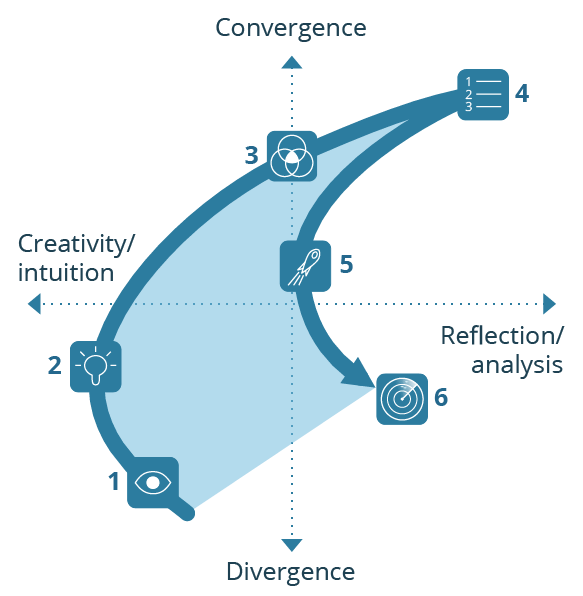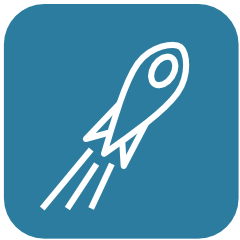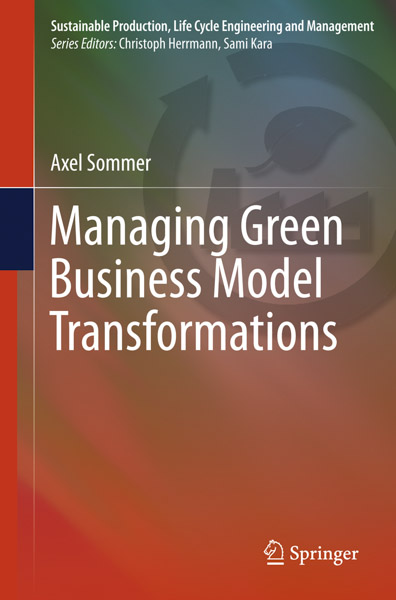The Perfect Wave
Waves are fascinating. One can ride them, or try to resist them. And some waves turn out to be a real threat.
There are many similarities between waves and the introduction of new business models. Hence, the nature of business model innovation can be explained in relatively simple terms by using the wave analogy: Assuming your organization was a surfer, then ...
 ... the choice of travel destination would correspond to the vision of your organization: In which geographic market and in which sector do you want to be successful? What kind of organization do you want to be: traveling flexibly like a backpacker or luxurious in a suite in a five-star hotel?
... the choice of travel destination would correspond to the vision of your organization: In which geographic market and in which sector do you want to be successful? What kind of organization do you want to be: traveling flexibly like a backpacker or luxurious in a suite in a five-star hotel?
 ... the choice of the beach to go surfing ("Where are the best waves today?") and the surfboard to take would correspond to the strategy and tactics in the competitive environment: Which target groups do you want to address, and with which offerings? Where are the few other skilled surfers that compete with you for the best waves?
... the choice of the beach to go surfing ("Where are the best waves today?") and the surfboard to take would correspond to the strategy and tactics in the competitive environment: Which target groups do you want to address, and with which offerings? Where are the few other skilled surfers that compete with you for the best waves?
An innovative company is thus not only capable of riding a wave. Like an experienced surfer, it would also recognize promising waves long before they arrive and be at the right spot at the right time: The wave will then be steep enough to stand up, and with enough time left for a long ride before it breaks or hits the beach.
The core of the wave analogy is indeed based on the shape of the (business model) wave, i.e. its cross-section. We distinguish two dimensions: 1) The height of the wave: convergence and divergence, and 2) The substance of the wave: creativity/intuition and reflection/analysis. The wave shape itself results from the right mix of these two dimensions over the course of the innovation process. We subdivide the innovation process into six phases — each with a distinct profile — that together form the shape of the wave (see illustration). Deviations from the ideal will likely lead to problems when introducing or transforming business models.

The "Perfect Wave"
The height of the wave: convergence and divergence
Especially before and during the early stages of business model transformations, old certainties and business practices need to be challenged. This is what we call "divergence". At some point, however, top management also needs to agree on what the new priorities should be and what approach to follow, i.e. to converge again. At the same time, listening to critical feedback and continuously challenging assumptions remains vital: No matter how brilliant the original business model design – the time will come when it needs to be revised or replaced altogether.
The substance of the wave: creativity/intuition and reflection/analysis
Successful business models are usually the result of a combination of heart and mind. In order to really meet the needs of the customer, a deep understanding is required – also on an emotional level. Subsequently, creativity is required to find a smart solution. A solid fact base and robust analyses are used to validate that the solution is viable indeed. If a company relies too much on the gut feeling of its decision makers, or if it develops a reasonable but uninspired concept, then the resulting business model will often lack the substance for sustained success.







